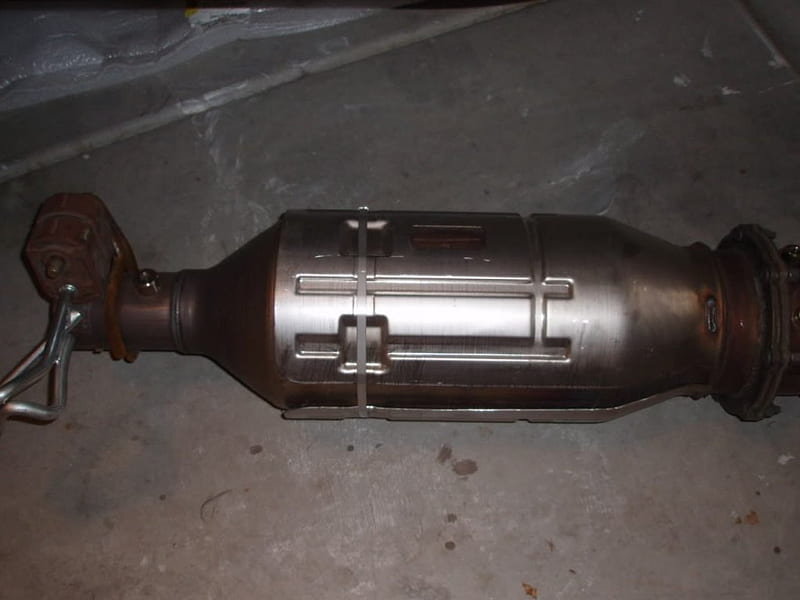

If you own a diesel car, then it is all-but-guaranteed to have a DPF installed, which requires careful maintenance and occasional regeneration, whether you use passive, active or manual methods. Checking your EGR valves to see if they need repairing or cleaning.Making sure to fill your tank with the correct (low ash, low sulfur) engine oil.Checking the DPF pressure pipe regularly, cleaning or repairing it if necessary.EGR Valve ProblemsĪlthough Engine Gas Regulator valves very rarely malfunction, they could be causing a DPF regeneration failure by leaking particulates or oil into the engine casing or reducing the efficiency of your engine.įortunately, you can help prevent DPF failure by: Turbo FailuresĪ faulty turbo may leak oil into the exhaust housing, resulting in excessive oily residue clogging your DPF and interfering with DPF regeneration.

In order to keep your engine – and DPF – running smoothly, you need to use low sulphur, low ash oils to avoid adding any unnecessary particulates to the mix. Similarly, active regeneration needs a lot of fuel to activate the post-combustion fuel injection, so it may fail if you have less than 25% capacity in your fuel tank. Passive DPF regeneration requires long journies at high speeds to heat your exhaust pipe enough to burn off the soot, so shorter journies will cause it to fail. There are many different reasons your car might be suffering a DPF regeneration failure, including: Short Journies However, sometimes your DPF regeneration phase might drag on for longer than 60 hours or cut off before 20 minutes, which could be the result of a DPF regeneration failure. In general, DPF regeneration will take between 20-60 minutes (though forced regeneration can run for longer), so bear this in mind if you see your car begin an active regeneration phase. While thorough DPF regenerations can take up to an hour, this varies on the level of soot, condition of your DPF and model of your car. How long does it take for a DPF to regenerate? While this type of regeneration requires specialist intervention, it is the highest level of the DPF regeneration process, and can save you time and money compared with DPF cleaning services or a replacement DPF. DPF Forced RegenerationĪs the name implies, forced regeneration requires specialist tools to force your car into starting the regeneration process and – unlike active regeneration – can be done at any level of soot. When the soot in your DPF reaches a certain threshold (typically 45% of the DPF’s total capacity), your car’s computer triggers post-combustion fuel injection to torch the soot out of your DPF with burning petrol.
#Take the dpf off drivers
DPF Active Regenerationīecause few drivers achieve the high, sustained speeds required for passive regeneration, car manufacturers created a system that burns fuel in the exhaust to get rid of excessive soot levels. While this process is incredibly convenient, not many drivers reach the high exhaust temperatures needed, making it unpredictable as a long-term solution to clogged DPFs.

When you drive at high speeds for an extended period, your exhaust will reach a high enough temperature to passively burn off the soot particles clogging your DPF. Depending on how the process is activated, this regeneration can be categorised as one of three types of DPF regeneration: Types of DPF regeneration The process of removing particles clogging your DPF by burning them (at about 600☌) is known as DPF regeneration and your car may do this automatically. In this article, we’ll be exploring DPF regeneration, how it works and how you can use it to keep your DPF in good working order. Over time, your DPF may become blocked with particles, but you can clean it by using a DPF solution or through a process known as DPF Regeneration.
#Take the dpf off how to
Under UK law, DPFs must be fitted to all diesel vehicles and kept in working order, so you should know how to maintain your DPF and repair it when necessary. Diesel Particulate Filters (or DPFs for short) are small devices fitted to the exhaust pipes of diesel vehicles to filter out the most harmful particles from the diesel exhaust gases.


 0 kommentar(er)
0 kommentar(er)
